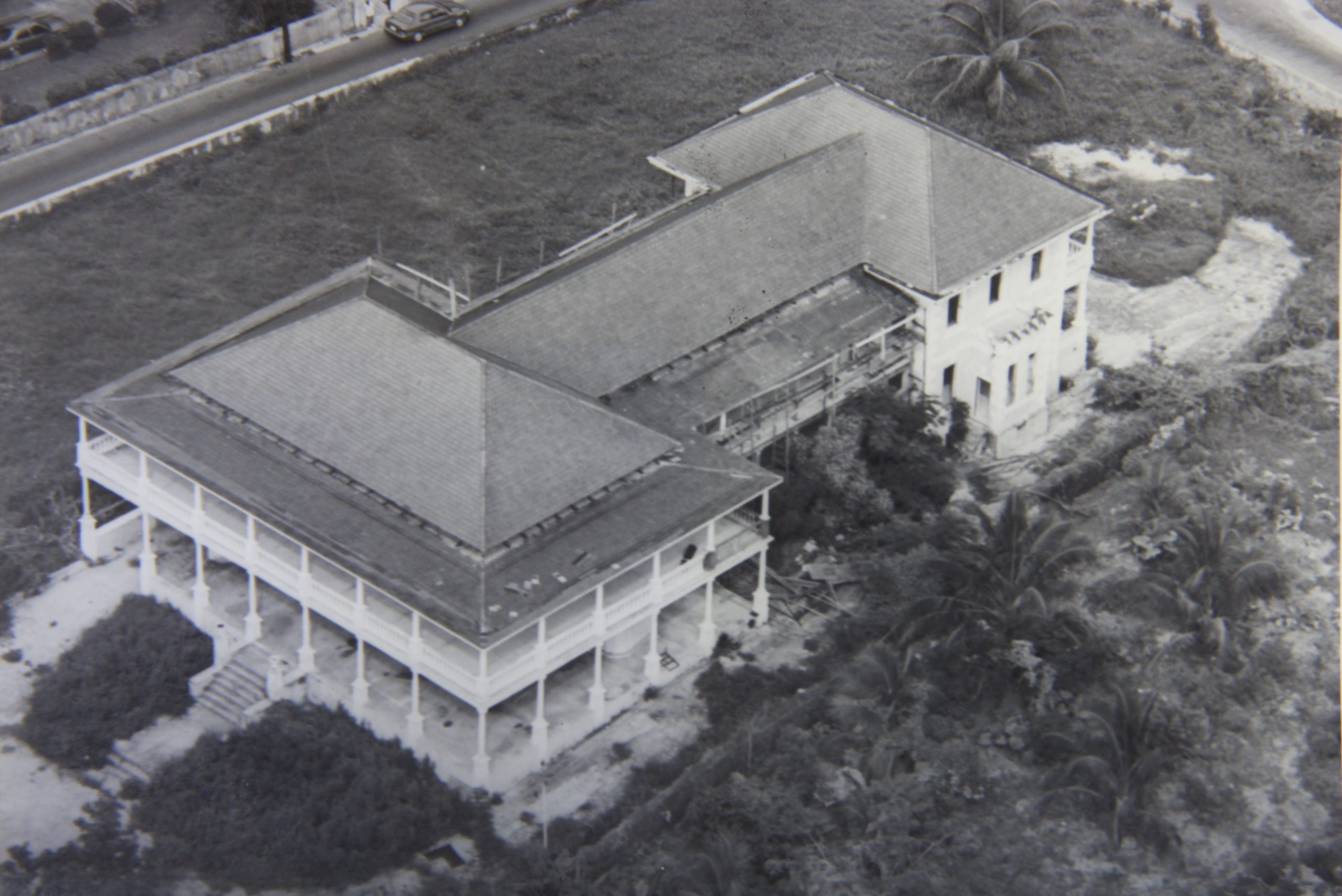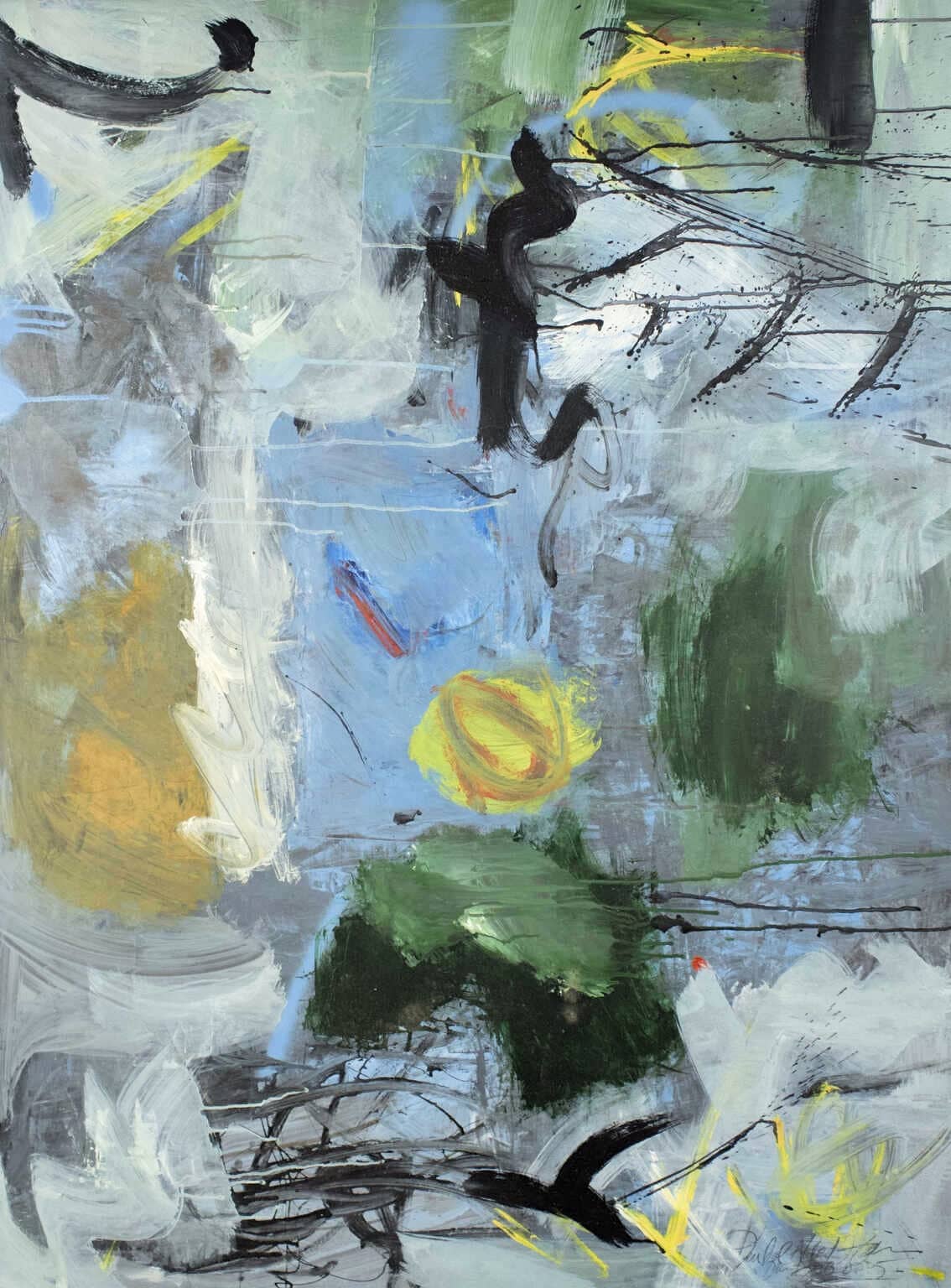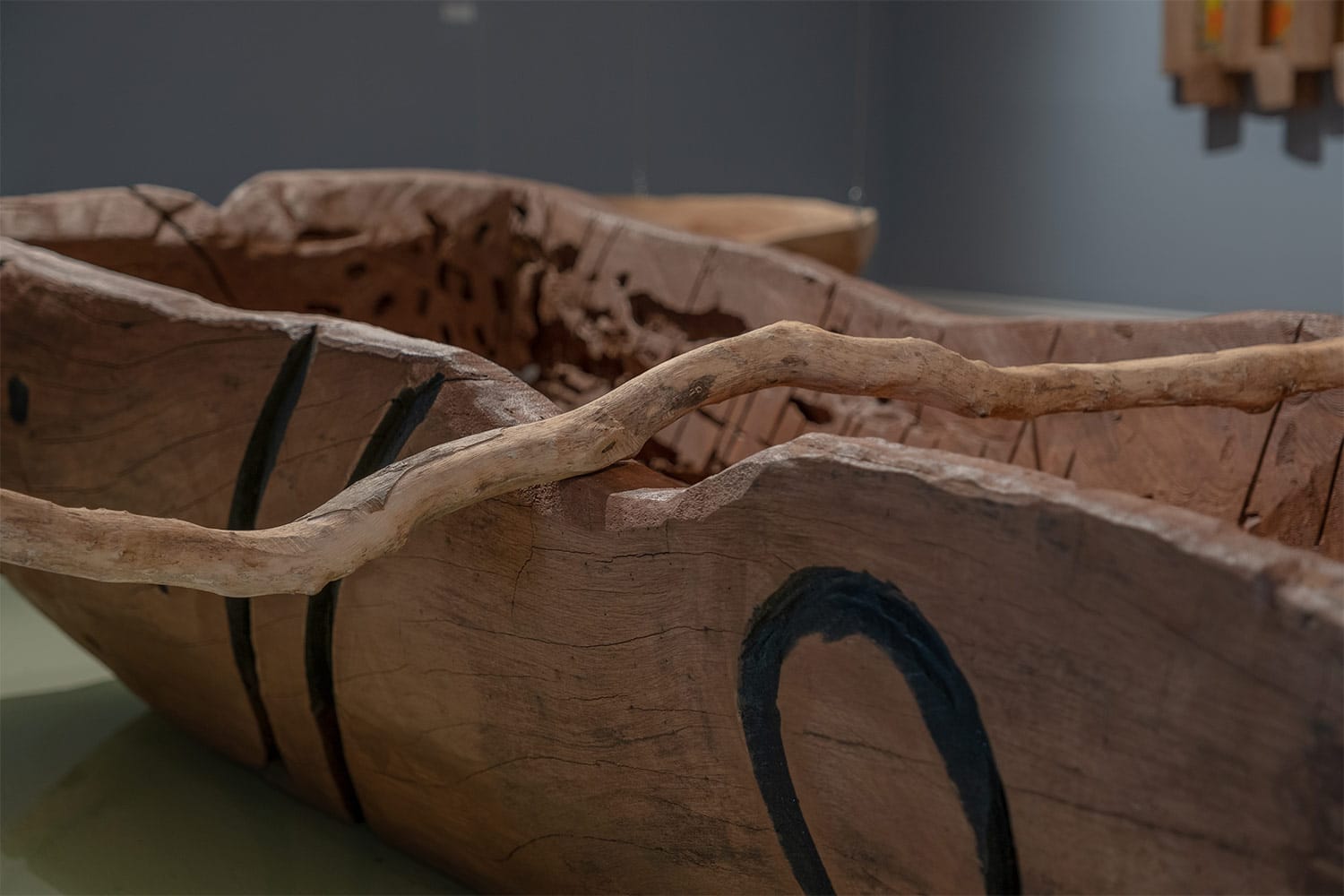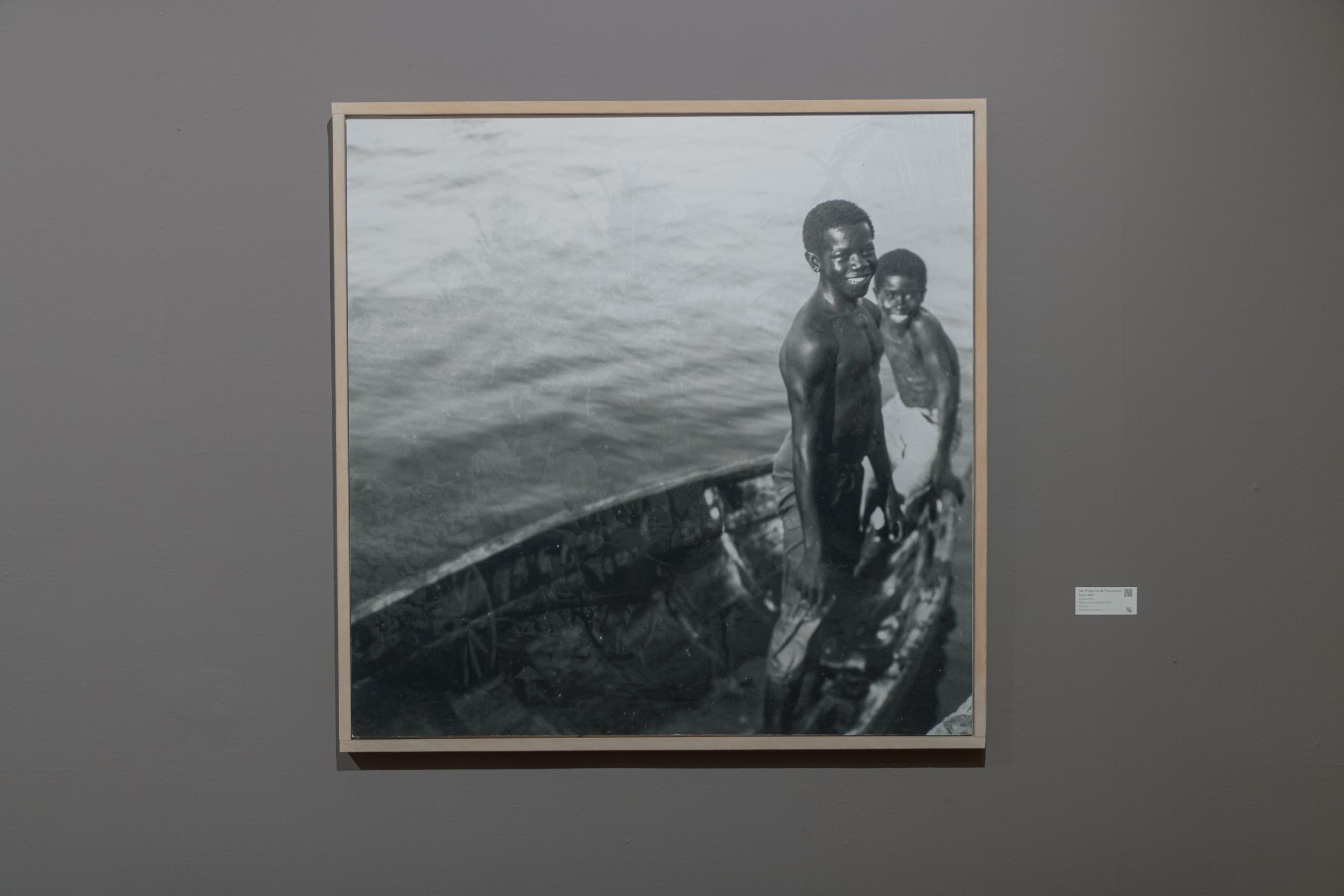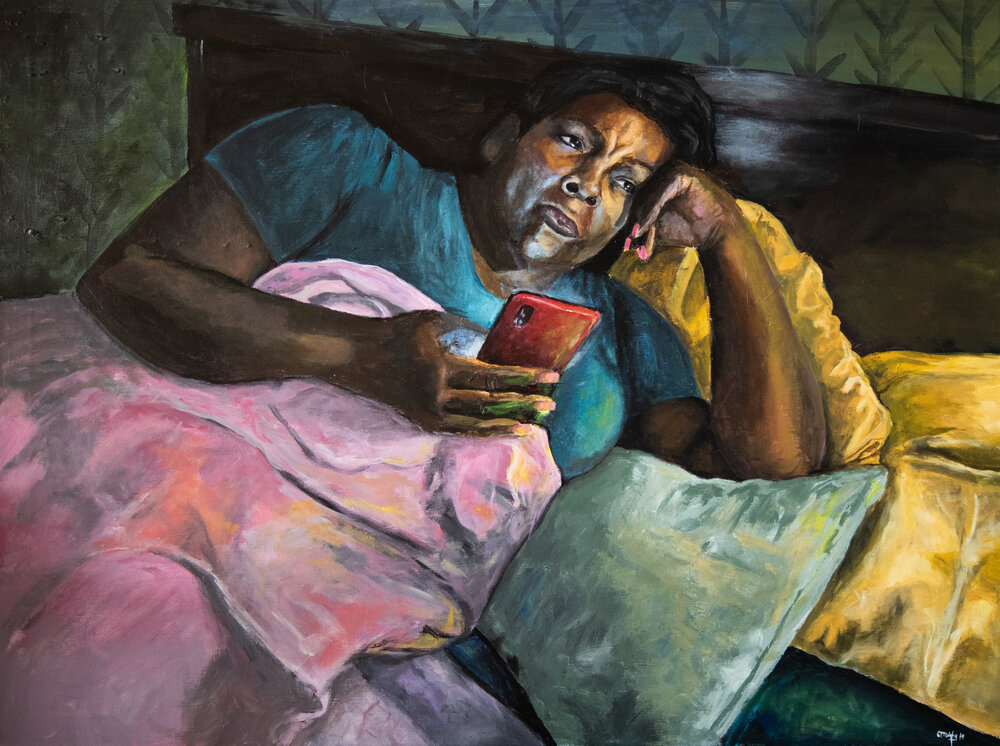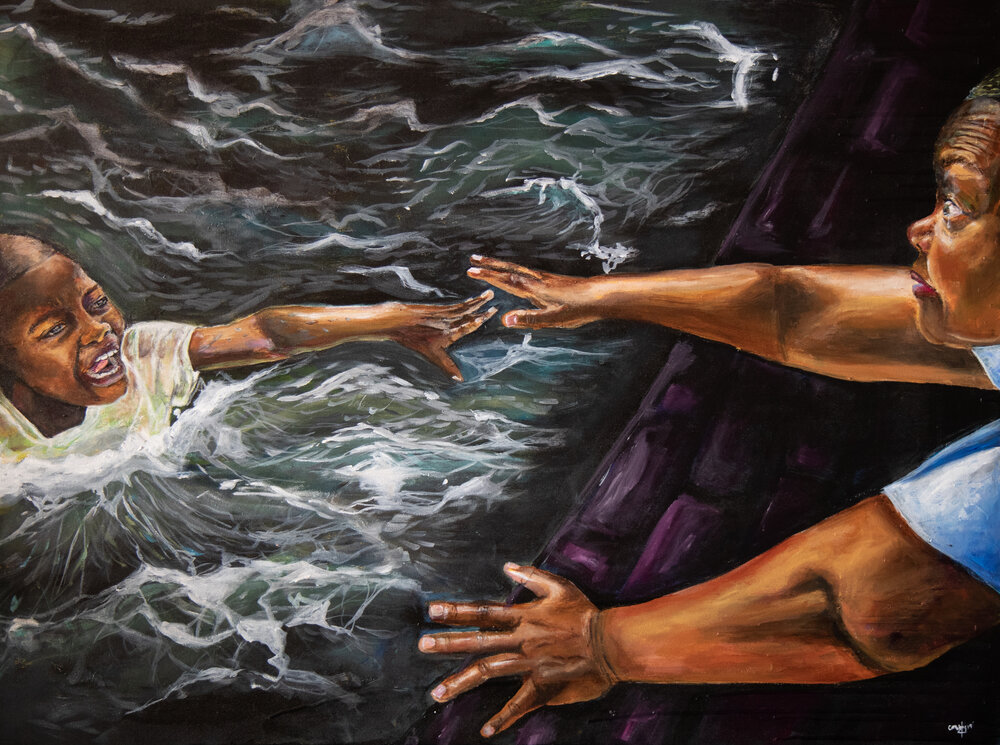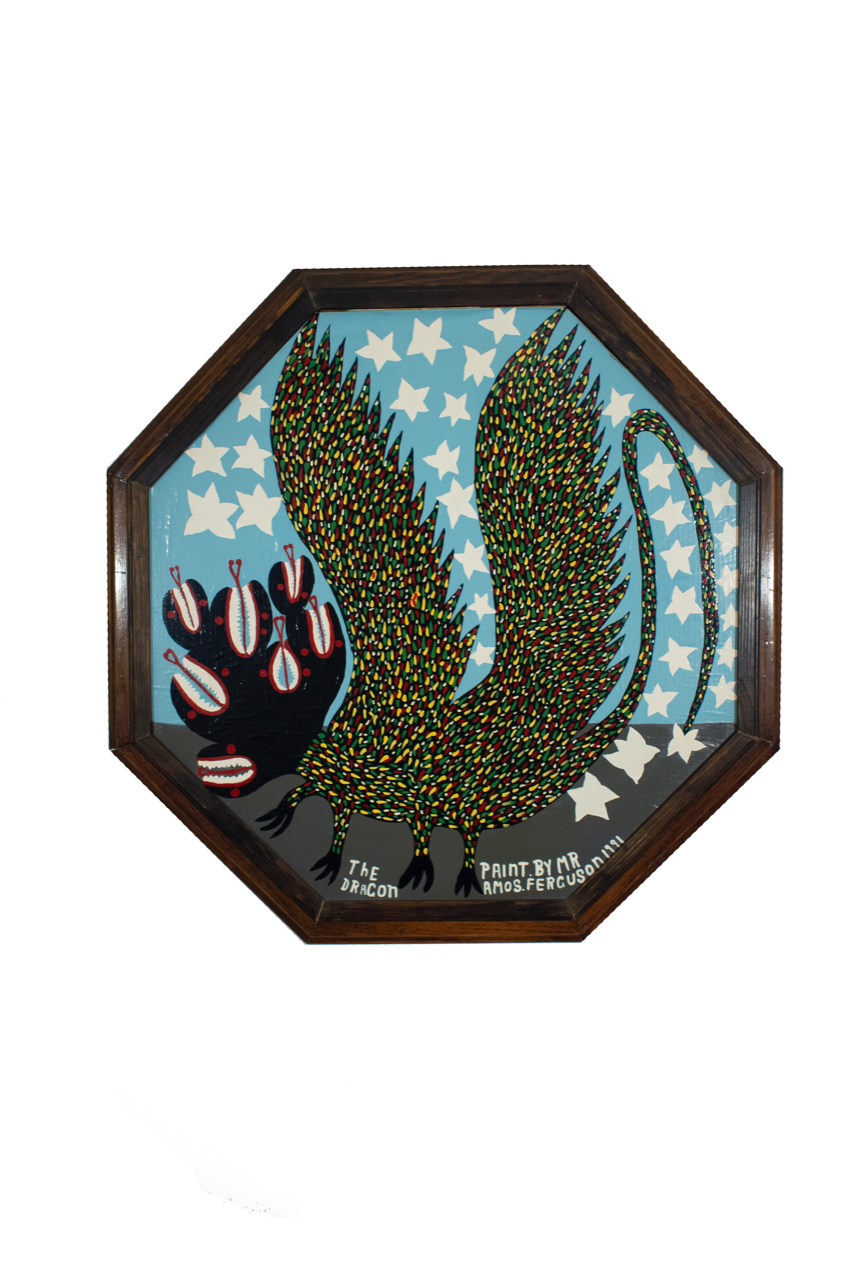Stories Villa Doyle and Beyond: Expanding NAGB’s Footprint Letitia Pratt ● 21 February 2025 A sweet photo of a couple in love
Currently browsing: Articles
Sounding the Alarm: Tanicia Pratt’s Blow the Whistle
Stories Sounding the Alarm: Tanicia Pratt’s Blow the Whistle Letitia Pratt · 14 February 2025 Tanicia Pratt, an interdisciplinary poet,
Justin Benjamin Explores Interiority in Vantage
Stories Justin Benjamin Explores Interiority in Vantage Amaani Hepburn●15 April 2024 Justin Benjamin is a painter who primarily works out
Environmental Force: On Abstraction and the Nature of Survival
Stories Environmental Force: On Poetry, Abstraction, and the Nature of Survival Letitia Pratt●27 March 2024 Between the years of 2004
Welcome to the Past, Present, and Future: A Caribbean Futurist Read of Antonius Roberts’s Mabrika
This installation is a great example of the imagination employed when artists engage with histories of the past, particularly when the histories they engage with have been erased or ignored through colonisation.
Antonius, AfriCOBRA, and the Aesthetics of a True-True Bahamian
Joining host, Amanda Coulson, on The Blank Canvas tonight are Tessa Whitehead, curator of the upcoming show at The D’Aguilar Art Foundation, entitled “Diversions” and participating artists Melissa Alcena and Sofia Whitehead.
A Repository of Memories
Joining host, Amanda Coulson, on The Blank Canvas tonight are Tessa Whitehead, curator of the upcoming show at The D’Aguilar Art Foundation, entitled “Diversions” and participating artists Melissa Alcena and Sofia Whitehead.
Everybody and Dey Grammy
Whether we were watching and waiting for the storm to hit directly, or watching and waiting for it to pass from the safety of our own sofas, Christina Wong’s “Everybody and Dey Grammy #hurricanedorian” (2019) struck a cord (and plucked on heartstrings) for all of us. From the hashtag to the sentiment of everybody collectively waiting with bated breath, we felt Hurricane Dorian as a nation — not in a nationalist sense, but rather as people living in, from and tied to this landscape, “born Bahamian” or otherwise.
So Close Yet So Far
As life on islands finds a new normal, we see the importance of connectivity and awareness. Much has been revealed by Dorian’s passage, from the lack of bill payment by some agencies for private companies’ services to aid storm victims, to the need for closer links between people with communities. The beauty of art is that it can capture so many emotions and open up valuable conversations about how and where we live. Naomi Klein in her work The Battle for Paradise (2019), illustrates the gap between words used to rebuild in Puerto Rico in the wake of Maria and Irma and the reality of dispossession and displacement.
Max and Amos: Enchantment and Magical Realism in Service to Freedom
Reviews of the permanent collection of the National Art Gallery of The Bahamas (NAGB) should always demand an examination of the works and aesthetics of two of the country’s outstanding and prolific indigenous artists, Amos Ferguson (1920-2009) and Maxwell Taylor, better known as “Max”. Ferguson has a particular call on prominence in this regard because it was the Bahamas Government’s purchase of twenty-five of his paintings in 1991 that launched the National Collection.
